
Importance of alignment and adjustment in yoga asana practice,Asana, a fundamental aspect of yoga, comprises physical postures designed to cultivate physical health, mental clarity, and spiritual growth. Derived from the Sanskrit word meaning “seat” or “position,” asanas are more than mere exercises; they are practiced with a deep awareness of the body, breath, and mind.
In the modern context, asana practice has gained immense popularity for its numerous benefits, including improved flexibility, strength, balance, and overall well-being.
Understanding Alignment in Asana
Definition and Importance
Alignment in yoga refers to the precise way in which the body is positioned in each pose. It involves the correct placement of bones and joints to ensure that the muscles, ligaments, and tendons are appropriately engaged. Proper alignment is fundamental for several reasons:
1. Safety: Correct alignment helps prevent injuries by ensuring that the body is used in a balanced and harmonious way. Misalignment can lead to strain or overuse of certain muscles and joints, potentially causing short-term discomfort or long-term damage.
2. Effectiveness: When the body is aligned correctly, the benefits of each asana are maximized. Proper alignment ensures that the intended muscles and tissues are engaged, leading to more effective stretching, strengthening, and relaxation.
3. Energy Flow: In yoga philosophy, alignment is believed to facilitate the flow of prana (life force energy) through the body. When the body is aligned, energy can move freely, enhancing vitality and well-being.
4. Mind-Body Connection: Focusing on alignment encourages mindfulness and body awareness. This deepens the practitioner’s connection to their physical form and fosters a meditative state during practice.
Key Principles of Alignment
1. Foundation: Establishing a strong and stable base in each pose is crucial. For standing poses, this might involve grounding through the feet, while for seated poses, it includes sitting evenly on the sitting bones.
2. Stacking the Joints: Proper alignment involves stacking joints in a way that distributes weight evenly. For example, in a standing pose like Tadasana (Mountain Pose), the ankles, knees, hips, and shoulders should be aligned vertically.
3. Engagement and Relaxation: Effective alignment requires a balance between muscular engagement and relaxation. Some muscles need to be actively engaged to support the pose, while others should remain relaxed to avoid unnecessary tension.
4. Symmetry and Balance: Maintaining symmetry in the body ensures that both sides are equally engaged. This balance helps prevent overuse injuries and promotes a harmonious practice.
Also Read:Significance of Sitting Postures in Yoga Asana Practice
Understanding Adjustment in Asana
Definition and Importance
Adjustments in yoga can be verbal or physical cues provided by a teacher to help students achieve proper alignment and deepen their practice. Adjustments serve several vital purposes:
1. Correction: Adjustments correct misalignments and improper techniques, ensuring that practitioners are performing poses safely and effectively.
2. Enhancement: Through adjustments, teachers can help students experience a deeper expression of a pose, facilitating greater flexibility, strength, and awareness.
3. Individualization: Adjustments allow teachers to cater to individual needs, acknowledging that each body is unique and may require different modifications or support.
4. Mindfulness: Receiving adjustments encourages students to become more mindful of their body’s alignment and sensations, promoting a more conscious and attentive practice.
Types of Adjustments
1.Verbal Adjustments: These are cues and instructions given by the teacher to guide students into proper alignment. Verbal adjustments can be general or specific to an individual.
2. Hands-on Adjustments: These involve the teacher physically guiding the student’s body into better alignment. Hands-on adjustments should be done with care and consent, respecting the student’s comfort and boundaries.
3. Prop-Assisted Adjustments: Props such as blocks, straps, and bolsters can be used to support the body in achieving correct alignment. Props help make poses accessible and safe for all practitioners.
Benefits of Proper Alignment and Adjustment
Physical Benefits
1. Injury Prevention: Proper alignment minimizes the risk of injury by ensuring that the body is used in a safe and efficient manner. It prevents strain on joints, ligaments, and muscles.
2. Improved Posture: Practicing alignment-focused asanas enhances overall posture by strengthening the muscles that support the spine and improving body awareness.
3. Enhanced Flexibility and Strength: Correct alignment allows for a full range of motion in joints and muscles, leading to increased flexibility and strength over time.
4. Better Balance: Proper alignment improves balance by promoting even weight distribution and engaging stabilizing muscles.
Mental and Emotional Benefits
1. Increased Mindfulness: Focusing on alignment cultivates a mindful approach to practice, enhancing concentration and mental clarity.
2. Stress Relief: Mindful alignment and adjustments help release physical and mental tension, promoting relaxation and reducing stress.
3. Confidence and Empowerment: Achieving proper alignment and experiencing progress through adjustments can boost confidence and a sense of accomplishment.
4. Enhanced Body Awareness: Alignment practice increases awareness of body mechanics and posture, fostering a deeper connection between the mind and body.
Practical Application of Alignment and Adjustment in Asana Practice
Foundational Poses and Their Alignments
1. Tadasana (Mountain Pose): This pose is the blueprint for many standing poses. Key alignment points include grounding through the feet, engaging the quadriceps, lengthening the spine, and broadening the collarbones.
2. Adho Mukha Svanasana (Downward-Facing Dog): Important alignment aspects include pressing the hands firmly into the mat, lifting the hips up and back, lengthening the spine, and keeping the heels slightly off the ground if necessary.
3. Virabhadrasana I (Warrior I Pose): Key points include grounding through the back foot, aligning the front knee over the ankle, squaring the hips forward, and reaching the arms overhead with relaxed shoulders.
4. Utkatasana (Chair Pose): Alignment involves grounding through the feet, bending the knees deeply, keeping the spine long, and reaching the arms up without straining the neck.
Common Adjustments and Their Benefits
1. Verbal Adjustment in Tadasana: Instructing students to press evenly through all four corners of their feet can help improve balance and grounding.
2. Hands-on Adjustment in Downward-Facing Dog: Guiding the hips up and back while lengthening the spine can help students experience a deeper stretch and proper alignment.
3. Prop-Assisted Adjustment in Warrior I: Using a block under the hands can help students with tight hips or hamstrings achieve the correct alignment without straining.
4. Verbal Adjustment in Chair Pose: Encouraging students to draw their lower ribs in and lengthen their tailbone down can prevent excessive arching in the lower back.
The Role of the Teacher in Alignment and Adjustment
Teaching Skills and Knowledge
1. Anatomical Understanding: A thorough knowledge of anatomy is essential for teachers to provide safe and effective alignment cues and adjustments.
2. Observational Skills: Teachers need to be adept at observing students’ alignment and identifying areas that need correction or support.
3. Communication: Clear and compassionate communication is key to providing effective verbal adjustments and ensuring that physical adjustments are welcomed and understood.
4. Adaptability: Teachers must be able to adapt their instructions and adjustments to suit the individual needs of each student, recognizing that each body is different.
Ethical Considerations
1. Consent and Comfort: It is essential for teachers to seek consent before providing hands-on adjustments and to ensure that students feel comfortable and respected.
2. Inclusivity: Teachers should create an inclusive environment where all students, regardless of their physical abilities or limitations, feel supported and empowered.
3. Continuous Learning: Ongoing education and self-reflection are crucial for teachers to stay informed about best practices in alignment and adjustment.
Challenges and Solutions in Practicing Alignment and Adjustment
Common Challenges
1. Physical Limitations: Students may have physical limitations or injuries that make certain alignments challenging or uncomfortable.
2. Misconceptions: Some students may have misconceptions about alignment, believing that deeper stretches or more complex poses are always better.
3. Fear of Injury: Fear of injury can make students hesitant to fully engage in poses or receive adjustments.
Solutions and Strategies
1. Modifications and Props: Offering modifications and using props can help students achieve proper alignment without strain or discomfort.
2. Education and Awareness: Educating students about the importance of alignment and encouraging a mindful approach can help dispel misconceptions and promote safe practice.
3. Building Trust: Creating a trusting and supportive environment where students feel safe to explore and receive adjustments can alleviate fear and encourage deeper practice.
Alignment and adjustment are integral components of a safe, effective, and transformative asana practice. Proper alignment ensures that the body is used in a balanced and harmonious way, maximizing the benefits of each pose and preventing injury.
Adjustments, whether verbal, hands-on, or prop-assisted, provide invaluable guidance and support, helping practitioners achieve correct alignment and deepen their practice.
By focusing on alignment and embracing adjustments, yoga practitioners can cultivate greater physical health, mental clarity, and spiritual growth.
Teachers play a vital role in this process, offering their knowledge, observation, and compassionate guidance to support each student’s unique journey.
Ultimately, alignment and adjustment in asana practice are about more than achieving perfect poses. They are about fostering a mindful, respectful, and empowering approach to yoga, where each practitioner can explore their potential and experience the profound benefits of this ancient practice.
Alignment and Adjustment in Various Yoga Traditions
Different yoga traditions emphasize alignment and adjustment to varying degrees. Understanding these variations can provide deeper insight into their role in asana practice.
Iyengar Yoga
Iyengar Yoga places a significant emphasis on alignment and the use of props to achieve precise postures. The tradition, founded by B.K.S. Iyengar, is known for its meticulous attention to detail and extensive use of props such as blocks, straps, and chairs to aid in achieving proper alignment. Iyengar Yoga practitioners often hold poses for extended periods, allowing them to fine-tune their alignment and explore the subtle aspects of each asana.
Ashtanga Yoga
Ashtanga Yoga, developed by K. Pattabhi Jois, follows a set sequence of postures and emphasizes a flow of movement synchronized with breath (vinyasa).
While alignment is important, the primary focus is on maintaining the flow and rhythm of the practice. Adjustments in Ashtanga Yoga are often physical, with teachers providing hands-on assistance to help students deepen their postures and correct misalignments.
Vinyasa Yoga
Vinyasa Yoga, characterized by its dynamic flow and linking of breath with movement, emphasizes both alignment and the continuous transition between poses.
Teachers in Vinyasa Yoga often provide verbal cues to guide students into proper alignment while maintaining the fluidity of the practice. Adjustments can be both verbal and hands-on, with a focus on helping students find stability and ease in their movements.
Hatha Yoga
Hatha Yoga, a broad category that encompasses many styles of physical yoga practice, typically focuses on alignment and balance in each pose.
Hatha classes often move at a slower pace, allowing for detailed instruction and adjustments. Teachers emphasize the alignment of the spine, the engagement of the core, and the integration of breath and movement.
The Evolution of Alignment and Adjustment
The approach to alignment and adjustment in asana practice has evolved over time. Traditional teachings have been adapted to meet the needs of modern practitioners, and contemporary yoga continues to integrate new insights from anatomy, physiology, and biomechanics.
Traditional vs. Modern Approaches
Traditional yoga often emphasized the attainment of specific postures as a means of preparing the body for meditation. Alignment was important, but the focus was more on the overall experience and spiritual aspects of practice.
Modern yoga, with its diverse styles and scientific understanding of the body, places a greater emphasis on precise alignment and safety. Teachers are trained to consider individual differences and use adjustments to help students practice safely and effectively.
Integration of Technology in Alignment and Adjustment
With the advent of technology, new tools have emerged to aid in the alignment and adjustment process. These innovations offer additional support and feedback for both students and teachers.
Online Classes and Virtual Adjustments
Online yoga classes have become increasingly popular, offering convenience and accessibility. While hands-on adjustments are not possible in virtual settings, teachers provide detailed verbal cues and demonstrations to guide alignment. Some platforms also use video analysis and virtual reality to offer personalized feedback on alignment.
Wearable Devices
Wearable devices that track movement and posture can provide real-time feedback on alignment. These tools use sensors to monitor body positions and offer corrective suggestions, helping practitioners achieve better alignment even outside of class.
Conclusion
Alignment and adjustment are essential aspects of asana practice that contribute to a safe, effective, and transformative yoga experience. Proper alignment ensures that the body is used efficiently, preventing injuries and maximizing the benefits of each pose. Adjustments, whether verbal, hands-on, or prop-assisted, provide valuable guidance and support, helping practitioners achieve correct alignment and deepen their practice.
Teachers play a crucial role in facilitating alignment and adjustment, offering their expertise, observation, and compassionate guidance to support each student’s unique journey. By focusing on alignment and embracing adjustments, yoga practitioners can cultivate greater physical health, mental clarity, and spiritual growth.
Ultimately, the practice of alignment and adjustment in asana goes beyond the physical. It encourages mindfulness, fosters a deep connection between the mind and body, and supports a holistic approach to well-being. Through dedicated practice, individuals can explore their potential, experience the profound benefits of yoga, and embark on a path of self-discovery and inner transformation.
This completes the comprehensive exploration of why alignment and adjustment are vital in asana practice, highlighting their importance, benefits, and practical applications across various yoga traditions.


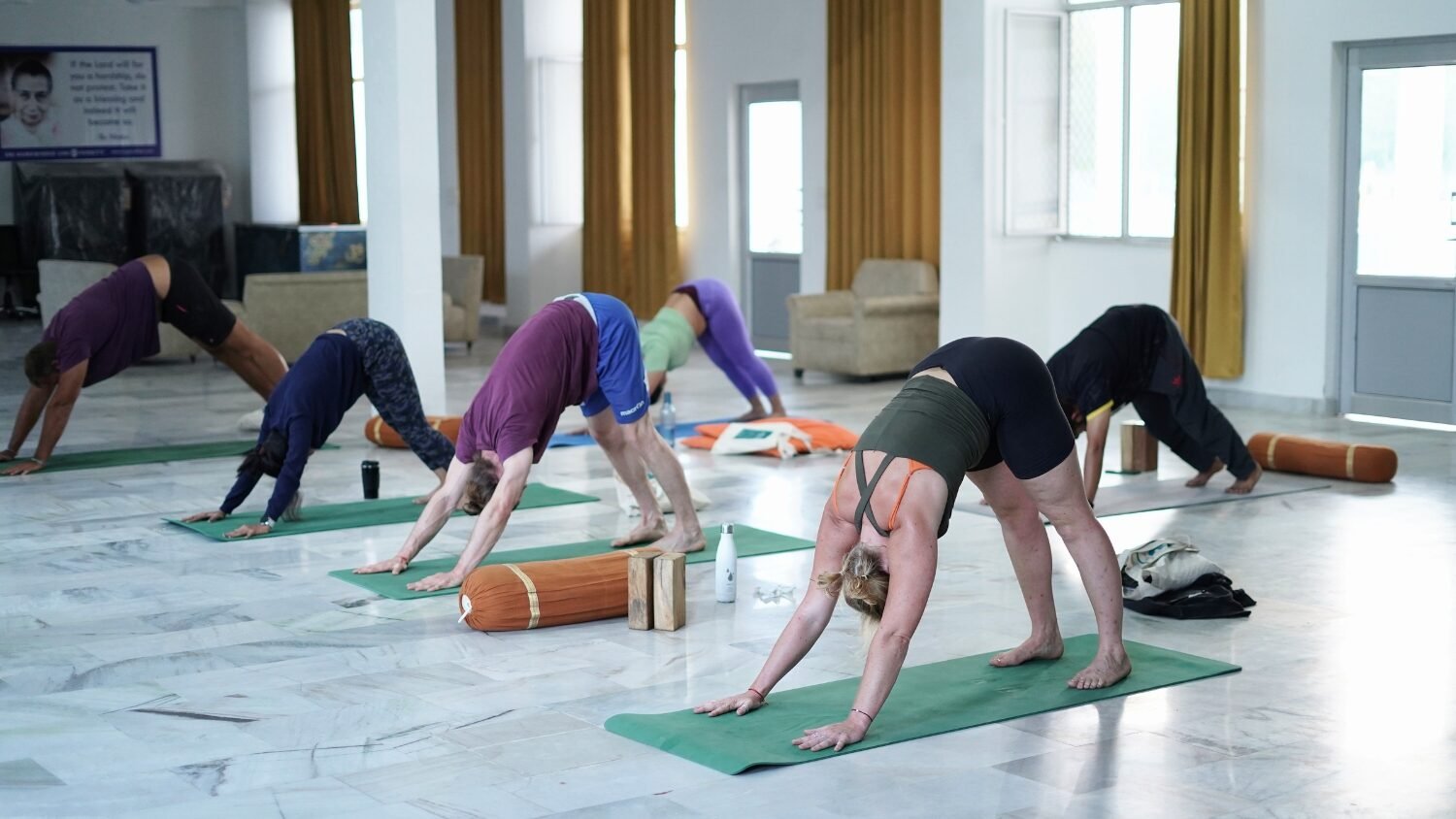
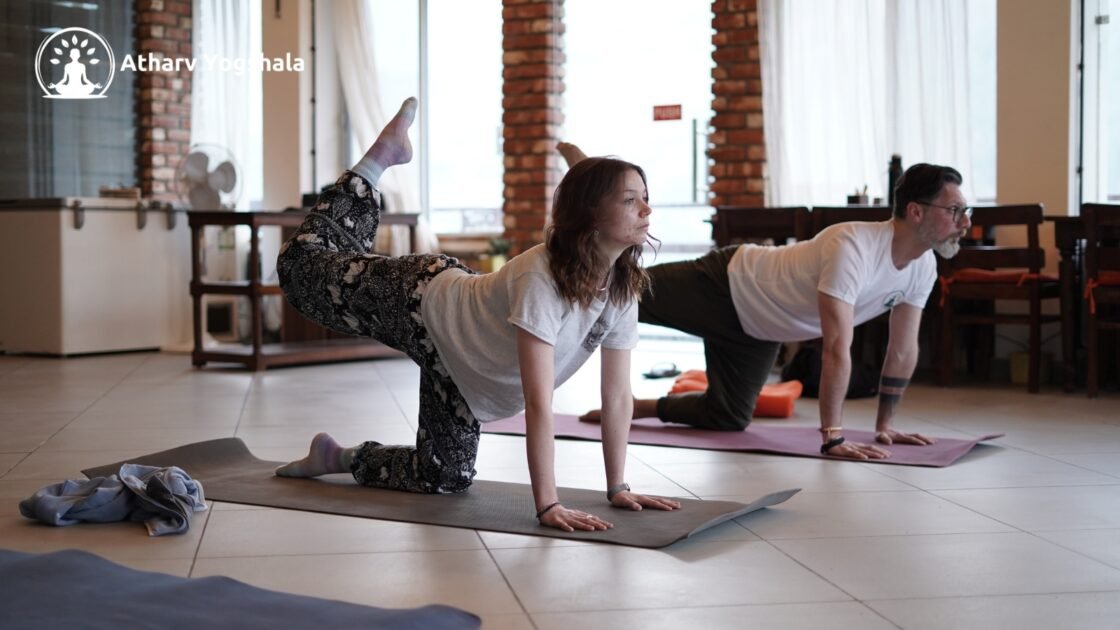


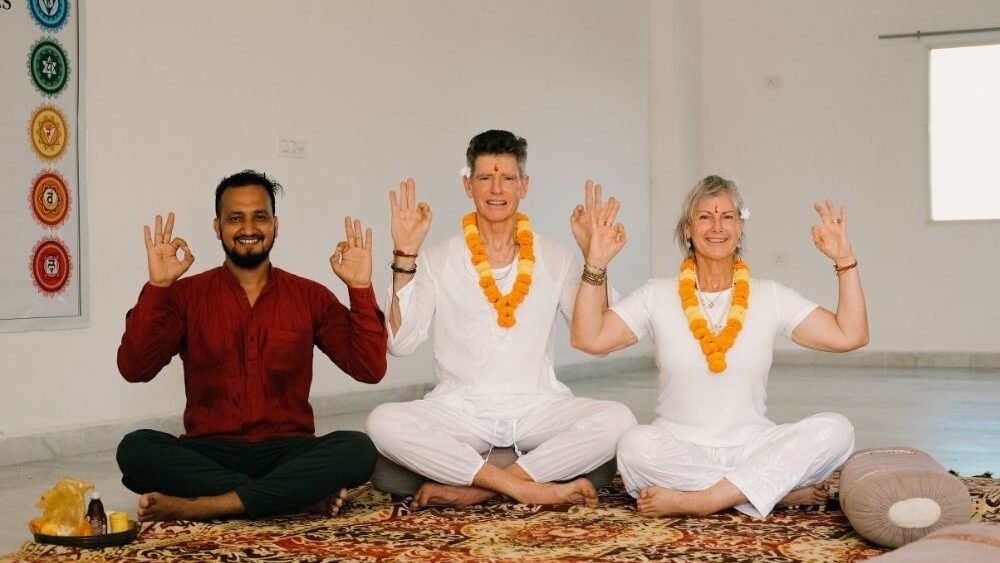

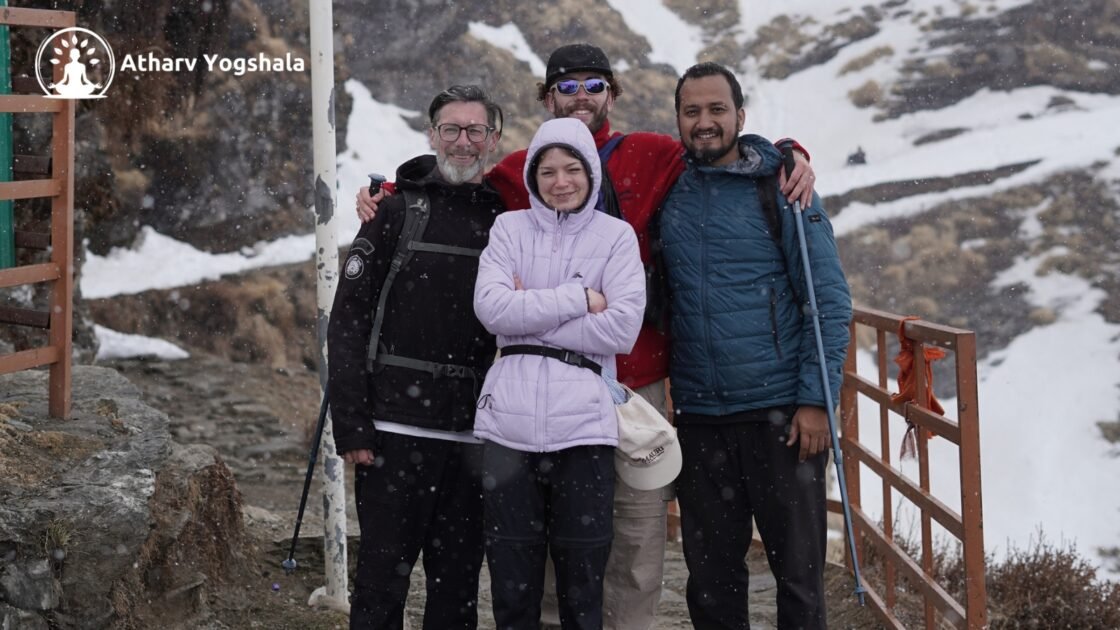


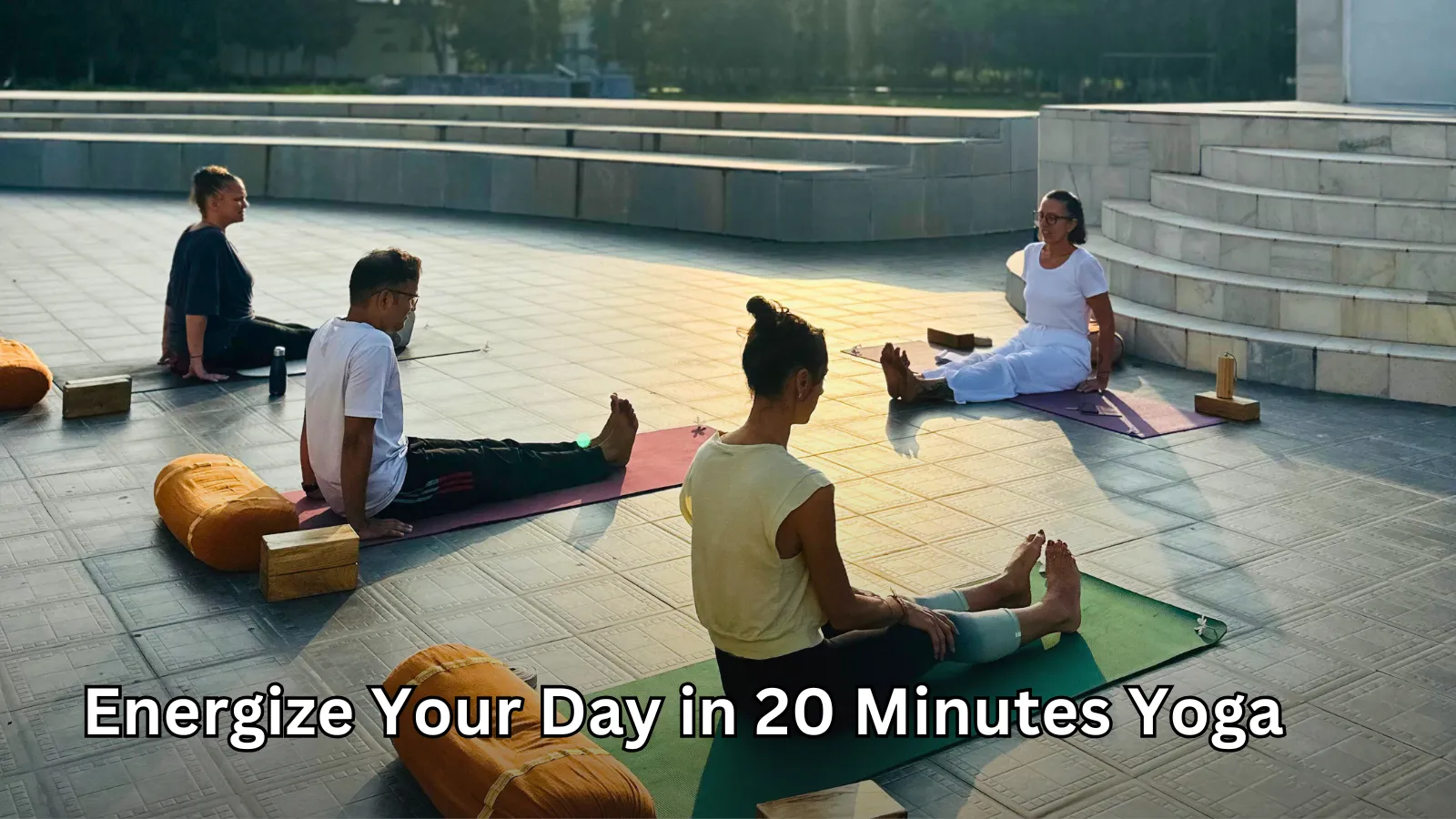
Leave a comment: